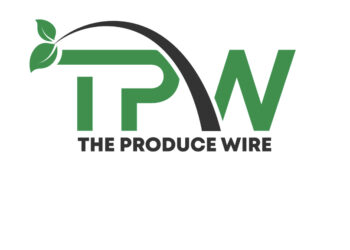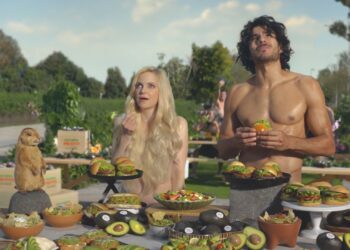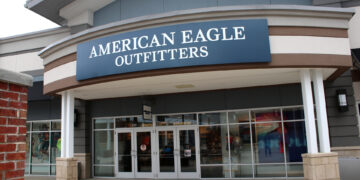Getty Images
DoorDash is the latest food delivery app to partner with Klarna, making it possible to pay for grocery delivery in installments — it’s also a common way for people to go into debt
Just in case you were starting to think that the dystopian capitalist hellscape that we currently live in couldn’t get any worse, digital financing company Klarna announced on Thursday that it had partnered with DoorDash to allow customers to finance their food orders. At a time when recession fears abound and wages are more stagnant than ever, this is a uniquely terrifying proposition.
For those who aren’t familiar with Klarna, the financial tech (or “fintech”) platform allows users to split their purchase into four payments. Similar to Afterpay or PayPal’s Pay In 4, Klarna does not charge interest on these payments, which are usually billed every two weeks. That means if you spend $100 on pizza or sushi, you’ll make four payments of $25 each over the next two months. Klarna, meanwhile, makes its cash by charging companies like DoorDash and Target merchant fees, earning a percentage of each order made using its service. According to NBC News, Klarna’s partnership with DoorDash will allow customers to defer their payments to “dates that align conveniently with payday schedules.”
DoorDash isn’t the first food purveyor to team up with Klarna, either. In 2024, food delivery app Instacart added Klarna to its platform, allowing customers to pay for groceries over time. Target, which isn’t exactly a grocery store but does sell food, has been partnered with Klarna since 2022. Uber, and thus UberEats, also partnered with Klarna in 2024. This news isn’t especially shocking considering how dramatically food costs have risen over the last decade in both restaurants and grocery stores. Since 2019, the cost of food has shot up a staggering 31 percent, and now that diners’ food budgets are increasingly constrained, it might make sense that they’d want to finance a fancy meal in the way that they would put a European vacation on their credit card.
The idea that many people would be interested in financing their groceries and dinners is not exactly a great economic indicator. And these fintech platforms can be a slippery slope for shoppers. In 2023, the USDA found that 13.5 percent of American households experienced food insecurity at some point that year, and those families are particularly vulnerable to Klarna’s argument that its payment plans are better than high-interest credit cards. But the “buy now, pay later” (or BNPL) industry is not as well-regulated as the credit card industry, leaving customers open to exploitation.
It’s also an easy way for people to go into debt. A 2025 analysis from the Consumer Financial Protection Bureau found that most customers who regularly use “buy now, pay later” platforms like Klarna and Afterpay take out multiple loans at once and end up deeper in personal debt than people who don’t use those platforms. I’m no financial expert — please do not look at the balance on my credit cards — but giving people who are already in debt access to more unregulated credit sounds like a terrible idea. In fact, it sounds like a system in which people are inevitably trapped in an endless cycle of biweekly payments for pretty much everything they purchase.
It’s objectively bleak that anyone would be expected to make payments two months later on food they’ve already eaten. This already happens with credit cards, sure, but at least using (and paying off) a credit card can help boost your credit score, something Klarna’s BNPL payments can’t do. Vacations and trendy clothes are luxuries, but food is a necessity. And while ordering DoorDash seems like it fits in that same category of “needless spending,” it is sometimes necessary for people to order delivery to eat. Maybe they’re sick and can’t leave the house to pick up the groceries they require to make soup, or perhaps they’re disabled and rely on platforms like Instacart and DoorDash because that’s the most reliable way to get groceries delivered to their door.
I deeply understand the psychology of wanting a little treat when you’re broke, so I also understand why consumers would be excited that Klarna is now an option on DoorDash. If it’s Tuesday night, I’ve got 38 bucks to my name, and I’m craving Thai food, it’s easy to see the appeal of putting off that payment until I get paid on Friday. But that’s also how I ended up in substantial debt in my early 20s, treating myself to impromptu splurges and dealing with the consequences later. It took a long time to dig myself out of that hole, which is why I’m always going to cringe when companies cook up creative new ways for people to go into debt.














